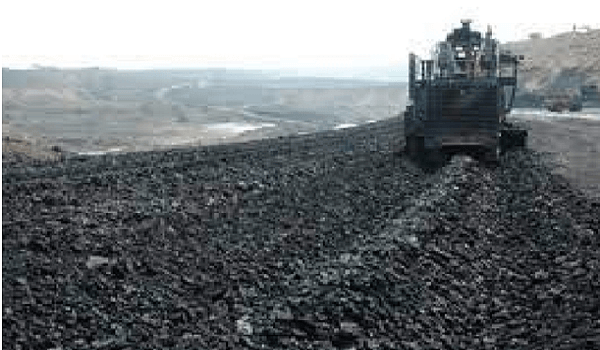In order to foster competitiveness among mines and recognize their outstanding performance based on compliance of statutory provisions, adoption of advanced mining technology and economic achievements, the Ministry of Coal announces the commencement of Star Rating Registration process of Coal and Lignite Mines for the financial year 2022-23.The Star Rating policy aims to evaluate mines based on various factors across seven key parameters namely, Mining Operations, Environment-related parameters, Adoption of Technologies, Best Mining Practices, Economic performance, Rehabilitation & Resettlement, Worker-related Compliance and Safety & security.
Participating mines will undergo a self-evaluation process, and the top 10% performing mines will be further validated through inspections conducted by a committee.While the remaining 90% of the mines will undergo an online review process, all participants can contribute to the evaluation by reviewing other mines.
The evaluation will be conducted by the Coal Controller’s Organization.The ratings awarded range from Five Star to NO Star, comprehensively evaluating each mine’s achievements.It aims to foster competitiveness among mines and recognize their outstanding performance based on compliance of statutory provisions, adoption of advanced mining technology and economic achievements.
Parameters
The Star Rating policy aims to evaluate mines based on various factors across seven key parameters namely
- Mining Operations,
- Environment-related parameters,
- Adoption of Technologies,
- Best Mining Practices,
- Economic performance,
- Rehabilitation & Resettlement,
- Worker-related Compliance and Safety & security.
Coal
- It is a type of fossil fuel found in the form of sedimentary rocks and is often known as ‘Black Gold’.
- It is a conventional source of energy and is widely available. It is used as a domestic fuel, in industries such as iron and steel, steam engines and to generate electricity. Electricity from coal is called thermal power.
- The leading coal producers of the world include China, US, Australia, Indonesia, India.
- Indian coal has high ash content, which varies from 35 to 45%, compared with that of coal in other parts of the world, which is around 15% while it has low sulphur content, about 0.5%.
Distribution of Coal in India
Gondwana Coal Fields (250 million years old)
- Gondwana coal makes up to 98% of the total reserves and 99% of the production of coal in India.
- Gondwana coal forms India’s metallurgical grade as well as superior quality coal.
- It is found in Damodar (Jharkhand-West Bengal), Mahanadi (Chhattisgarh-Odisha), Godavari (Maharashtra), and Narmada valleys.
Tertiary Coal Fields (15 – 60 million years old)
- Carbon content is very low but is rich in moisture and Sulphur.
- Tertiary coalfields are mainly confined to extra-peninsular regions
- Important areas include Assam, Meghalaya, Nagaland, Arunachal Pradesh, Jammu and Kashmir, Himalayan foothills of Darjeeling in West Bengal, Rajasthan, Uttar Pradesh, and Kerala.

